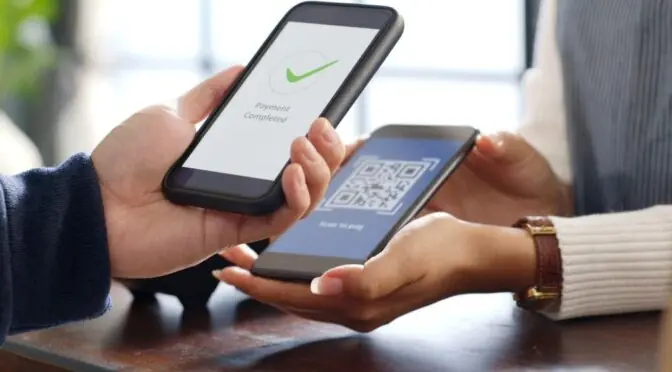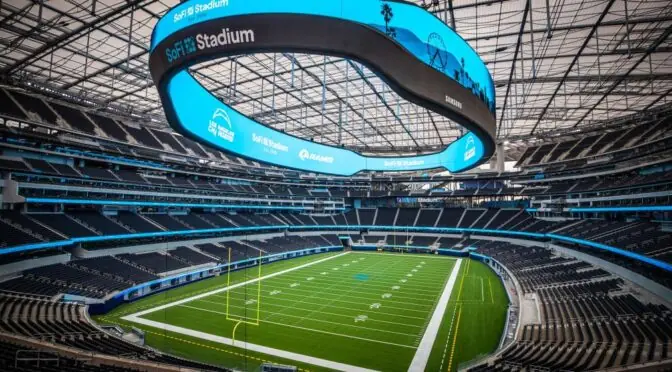Think about all the times you’ve found yourself relying on a QR Code to swiftly access a restaurant menu or breeze through the entrance of an event.
It’s undoubtedly familiar and convenient, a digital shortcut we’ve grown accustomed to.
Yet, here’s a crucial question: Are these QR Codes accessible to everyone?
For anyone with visibility impairments, QR Codes become challenging to access with their mobile phones. But over the years, QR Code technology has evolved to address it, and is continuing to do so, step by step.
In this article, we’ll dive into the advancements in QR Codes to be more inclusive and user-friendly.
Table of contents
- What are accessible QR Codes?
- How popular brands are using accessible QR Codes for inclusivity
- Best practices to make your QR Code accessible
- Frequently asked questions
What are accessible QR Codes (AQR)?

Accessible QR Codes (AQR) are an attempt to design and format QR Codes to be usable by a wide range of people, including those with disabilities such as visual and hearing impairments.
For instance, one of the recent inventions is QR Braille by Chulalongkorn University. QR Braille works by adding Braille beads around the QR Code for people to touch and spot a QR Code’s position. Then, they can scan the QR Code and access the content.
Another development is an application called Zapvision, specifically designed to locate QR Codes using your device’s camera from a long distance with ease.
Using the app, people can open the phone camera to look for any QR Code in the surroundings. On detecting one, using audio cues, the app guides the user to get closer to the QR Code. Zapvision can scan a QR Code from 65cm away compared to the standard 15 cm.
How popular brands are using accessible QR Codes for inclusivity
Here are real-life instances where QR Codes have made accessing information easy for people with disabilities:
1. Accessing product information

KitKat from Nestle and Kisses from Hershey’s are chocolates that use QR Codes on their product packaging. The printed list of ingredients is often too small to read, especially for the visually impaired.
With QR Codes, consumers can scan and access the content better on their mobile phones. They can also use the text-to-speech feature on their devices.
This simple step makes product information more accessible and lets consumers quickly learn about the ingredients and allergens.
2. Making art and museums inclusive

Visually impaired individuals rely heavily on their sense of hearing to navigate and interact with the world around them.
The National Museum of Scotland, in an exhibition that explores “What inspired Walter Scott’s stories,” added audio QR Codes. Visitors could scan and listen to readings of verses relating to the objects on display and be a part of the experience.
You can also use the audio QR Codes as a guided tour throughout the museum for visitors to do it at their own pace.
3. Making sign language accessible

For people with hearing disabilities, QR Codes that direct them to text or sign language videos can help access information.
For instance, one of UNESCO’s heritage sites, Golconda Fort, has installed a QR Code for sign language interpreters. The QR Code opens a video presentation that combines visual storytelling and sign language, helping them learn insights about the fort and navigate around.
You can also use it in schools to engage students with sign language materials.
Also read: How to make a QR Code link to a video
Best practices to make your QR Code accessible
Here are some tips to make your QR Codes more accessible from your end.
First, you’ll have to create a QR Code using a QR Code generator. Here’s how to do it on Uniqode:
- Sign-up or log-in to the Uniqode dashboard.
- Choose the QR Code campaign type (Audio, PDF, video, etc.)
- Add the destination file or URL
- Customize and download the QR Code
Now while creating and deploying the QR Code, here are four things you can do to make it accessible:
1. Use Braille labels for call-to-action text
For physical applications, consider adding Braille labels with instructions or descriptions following the QR Code. Adding it allows individuals who read Braille to understand the Code’s purpose.
You can integrate Uniqode with Canva to add more design elements, including long descriptive text. You can also add text in Braille.
2. Test for assistive technologies
Test the QR Code and its description to see if it is compatible with assistive technologies, such as magnifying cameras and text-to-voice, to ensure they can be easily interpreted and used.
3. Use high-contrast colors for QR Codes
Ensure a high level of contrast between the QR Code and the background. Less contrast or camouflage makes it difficult for individuals with low vision to distinguish the QR Code.
🔥If you use Uniqode: Make use of the real-time scannability indicator that guides you if your QR Code needs any changes to make it highly scannable. Try to get the “EXCELLENT” score. 
4. Provide content in multiple languages
You can also enable the “multi-language option” on the Uniqode dashboard while creating a website QR Code. Someone with poor visibility can use text-to-speech and listen to the website content in their preferred language.
🔥If you use Uniqode: Ensure you click on “Multi language support” to redirect users to multi-lingual website content. You can then add the link as per the language chosen. 
Be more inclusive in your reach with accessible QR Codes
Next time you create QR Codes, consider including a descriptive CTA that helps a guide, or ensuring high contrast to make the QR Code easier to identify for people with low vision.
These minor changes have a major impact when it comes to making QR Codes accessible, such that it reaches a wider audience.
Additionally, using design software integrations via Zapier, you can add elements such as Braille beads or engrave QR Codes on surfaces along with Braille CTAs.
Curious to know how you can make your QR Code more inclusive with its reach? Try creating one below 👇

Frequently asked questions
1. How do I create an accessible QR Code?
Here is how you can create an accessible QR Code:
- Create a QR Code using Uniqode dashboard
- Use contrasting colors
- Add a descriptive text explaining what to expect
- Be compatible with assistive technologies
- Use latest technologies such as QR Braille and Zapvision
2. Are QR Codes accessible for people with disabilities?
The standard 2D QR Codes may not be accessible to people with visual disabilities. However, with additions such as Braille text or QR Braille, QR Codes become more accessible.
3. How do blind people access QR Codes?
It is difficult for blind people to access the standard QR Codes. However, with additions such as Braille text or QR Braille, QR Codes become more accessible. They can also use assistive technology such as text-to-voice.


















